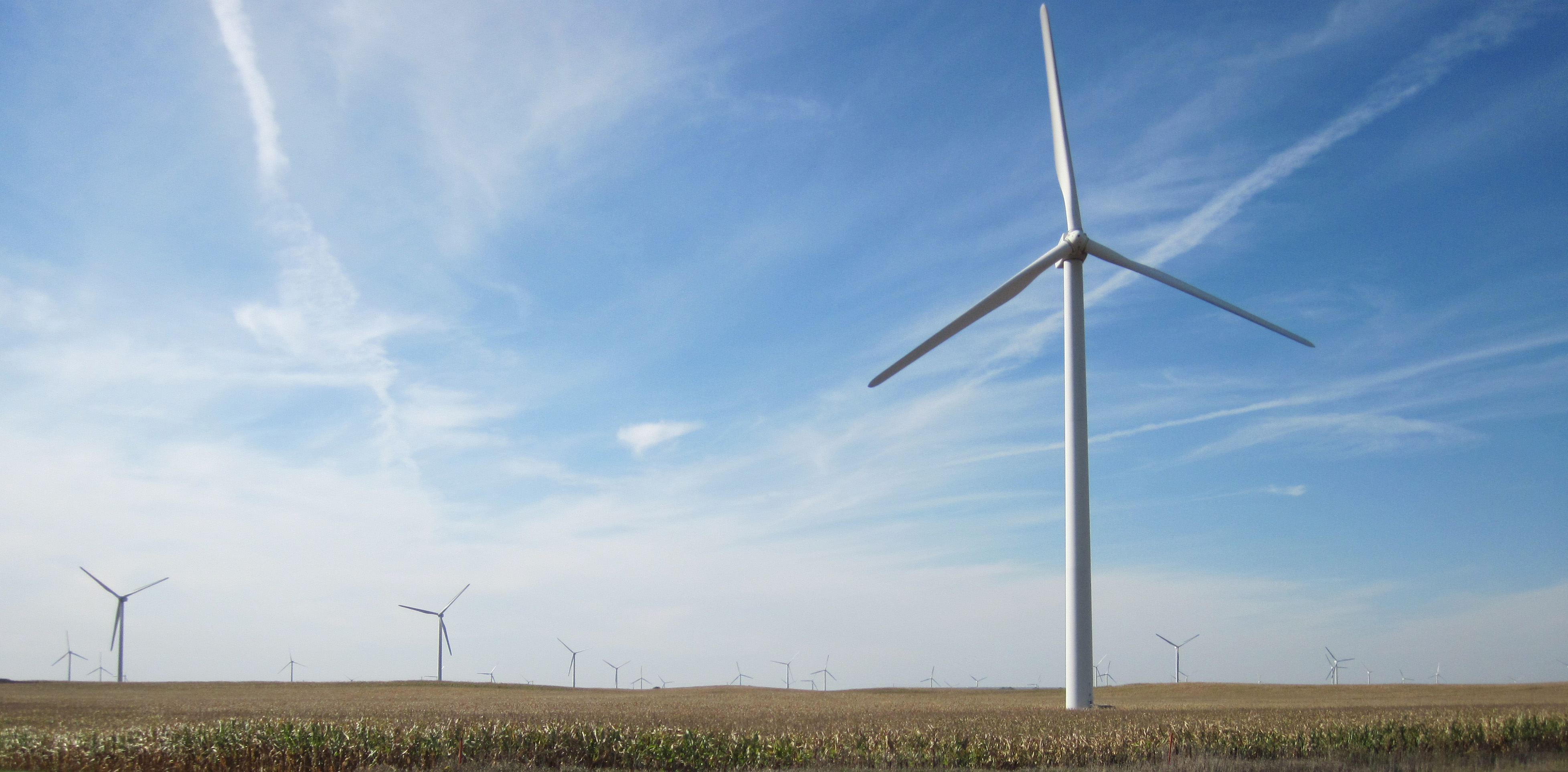
Iowa’s Climate-Change Wisdom
Iowa City — NEGOTIATORS en route to the United Nations conference on climate change in Paris, scheduled to begin later this month, should take a detour on rural roads here in Johnson County. A new climate narrative is emerging among farmers in the American heartland that transcends a lot of the old story lines of denial and cynicism, and offers an updated tale of climate hope.
From Our Advertisers
November 24, 2015 | Source: The New York Times | by Jeff Biggers
Iowa City — NEGOTIATORS en route to the United Nations conference on climate change in Paris, scheduled to begin later this month, should take a detour on rural roads here in Johnson County. A new climate narrative is emerging among farmers in the American heartland that transcends a lot of the old story lines of denial and cynicism, and offers an updated tale of climate hope.
From Our Advertisers
Recent polls show that 60 percent of Iowans, now facing flooding and erosion, believe global warming is happening. From Winneshiek County to Washington County, you can count more solar panels on barns than on urban roofs or in suburban parking lots. The state’s first major solar farm is not in an urban area like Des Moines or Iowa City, but in rural Frytown, initiated by the Farmers Electric Cooperative.
In the meantime, any lingering traces of cynicism will vanish in the town of Crawfordsville, where children in the Waco school district will eventually turn on computers and study under lights powered 90 percent by solar energy. Inspired by local farmers, who now use solar energy to help power some of their operations, the district’s move to solar energy will not only cut carbon emissions but also result in enough savings to keep open the town’s once financially threatened school doors.
Wind turbines now line cornfields across the state, providing nearly 30 percent of Iowa’s electricity production. With some $10 billion invested in wind energy and manufacturing in Iowa, Republicans and Democrats alike recognize the benefits of green jobs.
This is only a beginning, of course. Dirty coal still accounts for 60 percent of Iowa’s electricity needs. But such centralization of electricity will falter, as other towns and cities follow the lead of Bloomfield, which recently announced plans to ramp up energy-efficiency efforts and shift its municipally owned utility — one of 136 in Iowa — to 100 percent energy independence, significantly through renewable sources by 2030.
But here’s the catch: Even if every coal-fired plant shuts down, land misuse still accounts for an estimated 30 percent of the world’s carbon emissions. The soils in the United States, like those of nations around the world, have lost calamitous amounts of carbon.
This is where Iowa’s new climate narrative has emerged as a great story for the nation and other countries heading to Paris. Despite the fact that the United Nations General Assembly declared 2015 to be “the international year of soils,” a global soil carbon sequestration campaign — one that recognizes direct links between climate mitigation, regenerative agriculture and food security — rarely ranks at the top of any high level accords, or even conversations.
